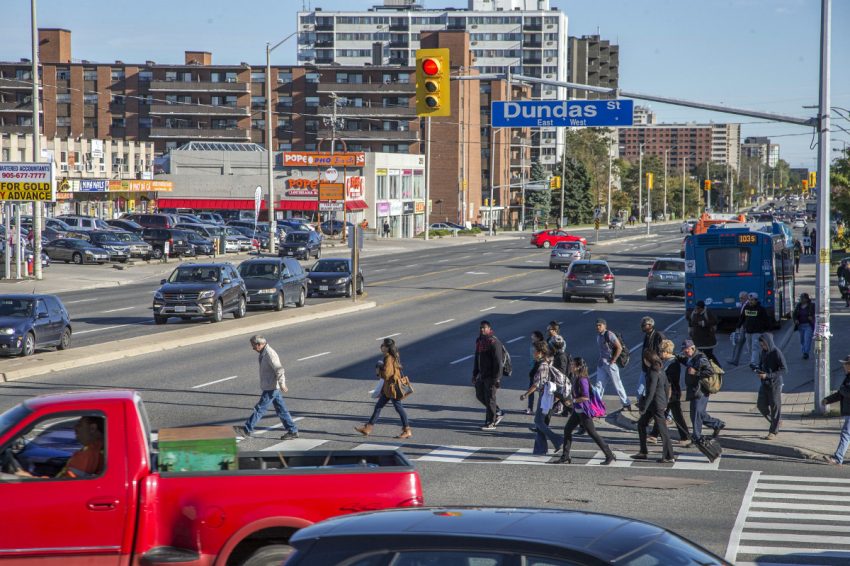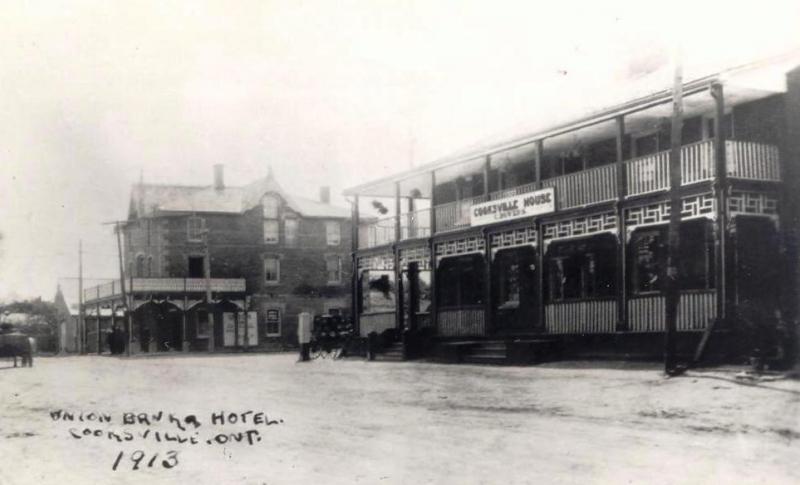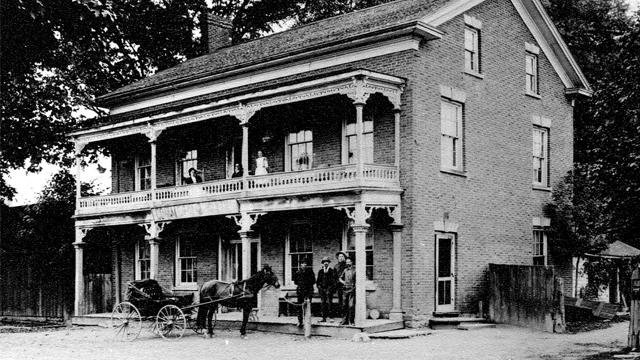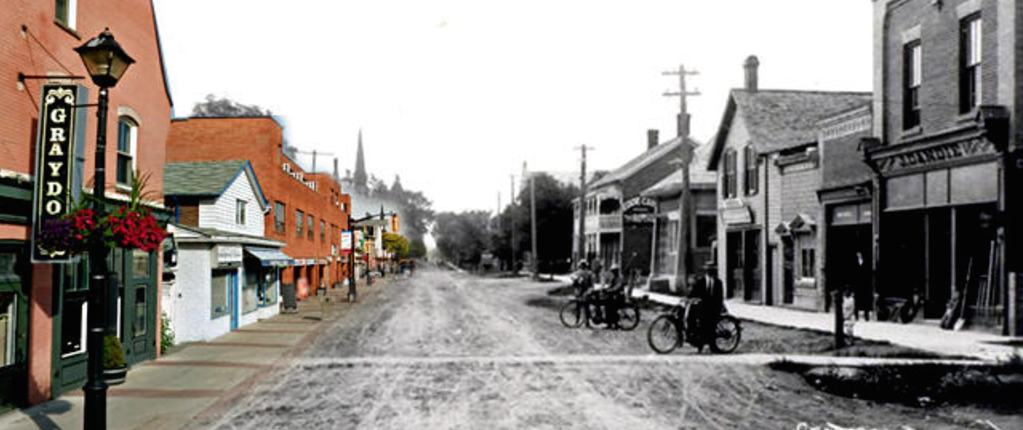 Image courtesy of Toronto Star
Image courtesy of Toronto Star
By Ivan Z. Kovacevic
One good thing about driving with a historian is learning about all the fascinating ways history shaped my city, Mississauga. Many would consider Mississauga a typical suburban and modern North American city devoid of history constructed for thousands of immigrants wanting to settle down somewhere near the big city Toronto; however, that isn’t entirely true about Mississauga.
Some of the most defining features of Mississauga are the long roads and the winding river which have shaped the city far more than I imagined. The Credit River that runs right through Mississauga did not necessarily function as a traversable river used for shipping goods, but as a water source that was essential for settler life. It was the location of many of the historic landmarks of the city. Roads such as Burnhamthorpe, Derry, Hurontario, and Dundas - despite running so straight along the terrain - were all highly used roads back when the area housed a fraction of today’s population.
The intersection of Dundas and Hurontario lacks any plaques commemorating their significance. However, the intersection was the centre of Mississauga for all land surveying and city planning during Mississauga’s rapid growth in the 20th century. The intersection served as a stopping point for travellers going to and from Toronto and the townships in modern Mississauga.
 Image courtesy of Heritage Mississauga via Insauga.com
Image courtesy of Heritage Mississauga via Insauga.com
The settlements all along the Credit River, notably one at the intersection of Mississauga Road and Burnhamthorpe, made way for suburban development and road widening. Burnhamthorpe itself changed its course significantly across the Credit River due to the size of the Credit River valley.
Two of Mississauga’s oldest communities are Meadowvale Village and Streetsville. The historic buildings that form Meadowvale Village have remained in their original location and never made way for suburban development. The quiet neighbourhood on Old Derry Road was a notable settler town at Derry Road across the Credit River. What makes Meadowvale so interesting is that the ‘Derry Road Bypass’ saw the modern Derry Road veer north and around Meadowvale Village for the purpose of preserving the historic community. For that reason, many historic homes within the community remain in their closely-knit settler composition.
 Image courtesy of Heritage Mississauga via Insauga.com
Image courtesy of Heritage Mississauga via Insauga.com
Streetsville also survived demolition due to the intentional preservation of the historic neighbourhood and contains notable landmarks that are heavily frequented but sparsely known. Streetsville community planners have made efforts to brand Streetsville as a historic community by preserving the original names of the main roads in the neighbourhood and maintaining a certain style of architecture that should be seen by all historical enthusiasts.
 Image courtesy of the Village Guru
Image courtesy of the Village Guru
This article would hardly be complete without mentioning the historic town of Port Credit, Mississauga’s most popular tourist destination. Port Credit originated as a trading post on the commercially active Lake Ontario and gradually evolved from indigenous land into a sizeable town. Port Credit is well known today for its events, scenery, and nightlife, but tourists should be made more aware of the beautiful historic buildings in the old town and the history of the location.
I previously saw my suburb as an artificial and historically insignificant dot on a vast and ambiguous North American map but after my tour with a historian, I learned that the townships that compose Mississauga are quite historic settler communities and not just artificial suburbs. An important lesson I learned was that everywhere we visit was not always a giant shopping centre or a residential neighbourhood but once was an indigenous gathering place or a settler farm which may still be there through active historic preservation if we know where to look.
To learn more about Mississauga's historic communities, go to:
